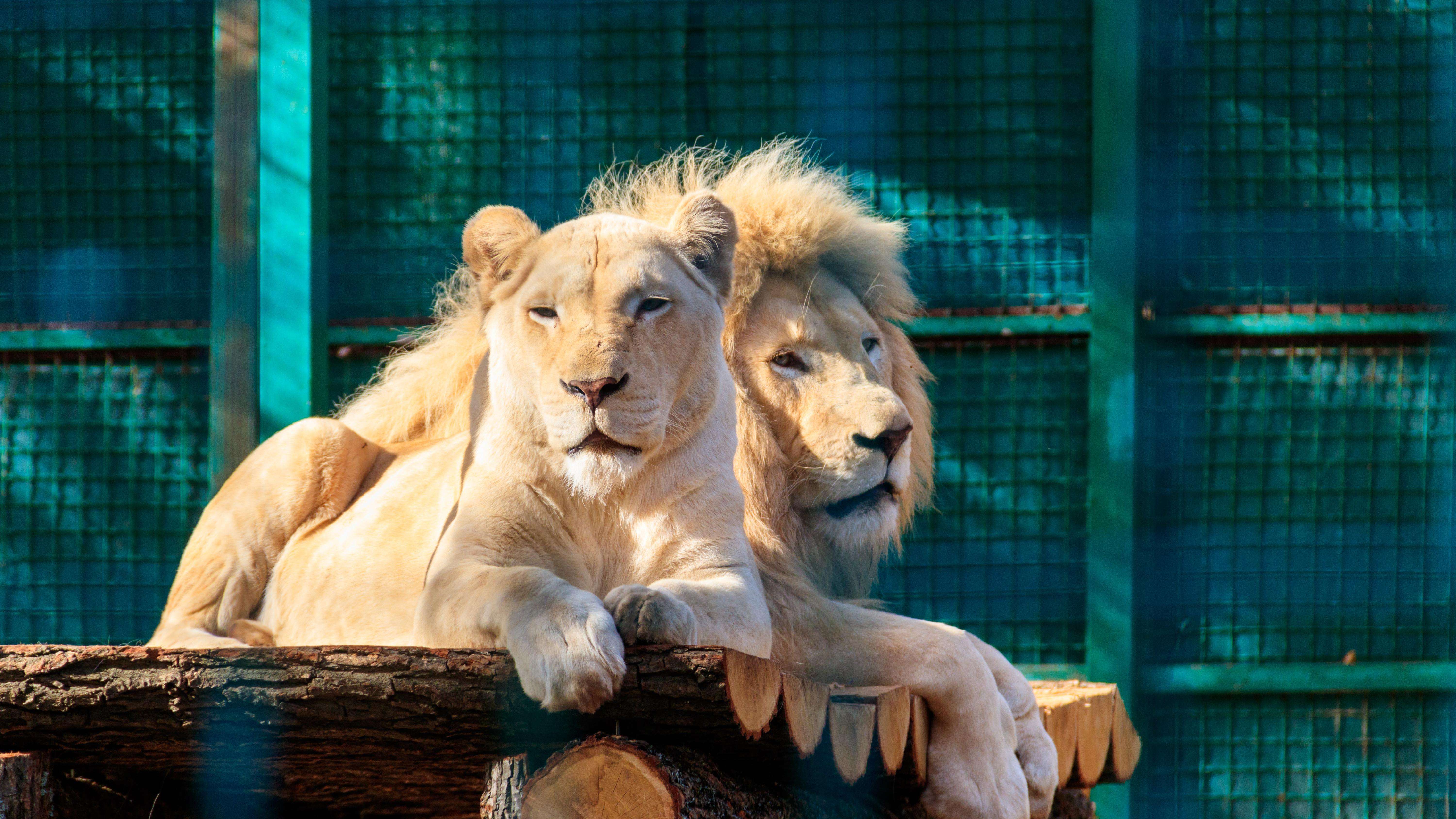SARS-CoV-2 in Animals

Severe acute respiratory syndrome coronavirus 2 (SARS-CoV-2) is the virus that causes COVID-19. Animals in many environments–from free-ranging wildlife to companion animals to farmed mink to animals at zoos, aquariums, and other facilities–are susceptible to infection with the virus. APHIS veterinarians, wildlife professionals, epidemiologists, and other experts are working to better understand, identify, and control SARS-CoV-2 in animals.
The risk of animals spreading SARS-CoV-2 to people is low. Visit the Centers for Disease Control and Prevention (CDC) for information on human health and COVID-19.
SARS-CoV-2 Case Dashboard
Since 2020, cases of SARS-CoV-2 have been detected in animals in the United States. The dashboard below provides a summary of all confirmed cases in the United States, updated on a weekly basis in multiple formats for analysis. APHIS reports all confirmed cases in animals to the World Organisation for Animal Health.
Working with our partners, we also monitor all variants of SARS-CoV-2 infecting people and animals. Many variants found in people have also been found in animals. APHIS tracks and reports all variants* found in animals in our dashboard. We also upload high-quality genetic sequences to GISAID, a public, global resource for SARS-CoV-2 sequences. This allows scientists and the public to analyze information about SARS-CoV-2 viruses identified in people and in animals.
* When new cases are confirmed, these figures will update to show where the cases were identified and which variants were detected. For some confirmed cases, there is not enough genetic information to definitively identify the variant, so totals may vary between figures.
Recent Research
With One Health partners, APHIS is leading and supporting projects and studies to protect our Nation's animals and people from SARS-CoV-2 and other animal diseases.
Protecting Animal Health
The clinical spectrum of illness in animals infected with SARS-CoV-2 is still being defined. Some infected animals may show signs of illness, while others may not. When present, clinical signs may include a combination of the following:
- Fever
- Coughing
- Difficulty breathing or shortness of breath
- Lethargy
- Sneezing
- Discharge from nose or eyes
- Vomiting
- Diarrhea
To ensure the health and safety of animals and people on your farm, follow biosecurity guidance. Biosecurity is a series of important management practices designed to reduce the risk of disease agents being introduced and spread on the farm. It is crucial to protect the health of farm workers and animals and to control and contain diseases.
Take these steps to reduce the risk of COVID-19 transmission:
- Minimize human-animal interactions by restricting access to your premises and all buildings that house animals.
- Do not handle animals if you have symptoms consistent with COVID-19.
- Wear a face mask and gloves when working with animals.
- Have dedicated boots and clothing that remain in areas where animals are handled.
- Immediately wash your hands with soap and water for at least 20 seconds after:
- Having direct contact with animals or their food, supplies, or waste/feces.
- Cleaning up after animals, including any body fluids or waste.
- Leaving areas where animals are housed (even if you did not touch an animal).
- Removing face masks, gloves, boots, or other items.
- Clean and disinfect frequently touched surfaces such as tools and equipment.
- Follow these guidelines when cleaning and disinfecting:
- Avoid using cleaning methods that might spray infectious material into the air, including compressed air or water under pressure.
- Use personal protective equipment (PPE) when cleaning or disinfecting a potentially contaminated area.
- Follow the cleaning or disinfectant product manufacturer’s instructions for use. Follow recommendations for safe practices for how to put on and take off PPE.
- To disinfect, use products registered with the U.S. Environmental Protection Agency for use against SARS-CoV-2, diluted household bleach solutions prepared per the manufacturer’s label for disinfection, or alcohol solutions with at least 60-percent alcohol. Make sure the product you use is appropriate for the surface being disinfected.
APHIS, the Centers for Disease Control and Prevention, and State animal health partners have developed the following guidance for animal health officials and veterinarians.
- Testing Strategy and Reporting Requirements (183.14 KB)
- SARS-CoV-2 Case Definition (240.11 KB)
- Managing Farmed Mink and Other Farmed Mustelids With SARS-CoV-2 (372.13 KB) (also en español (298.58 KB))
- COVID-19 Infection Prevention and Control Assessment Tool for Captive Wildlife Facilities: This checklist provides a guide for baseline biosecurity measures and controls that should be in place to prevent transmission of SARS-CoV-2 between animals housed in captive wildlife facilities and people (including employees such as caretakers, maintenance staff, and other employees, volunteers, and the public) who may have direct or indirect contact with animals or their environment.


